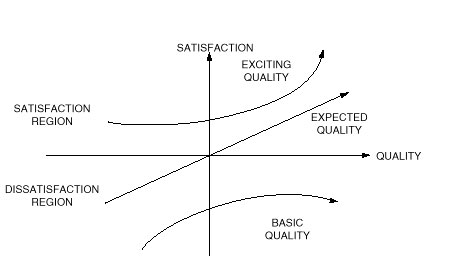The Six Sigma Handbook, Fifth Edition
Green Belt Overview Questions
Month
Total Shipped
Cracked
Chipped
Off Color
Wrong Color
Other
JAN
3500
7
15
21
12
200
FEB
3124
14
10
28
23
1
MAR
1245
12
5
11
17
9
APR
2020
18
9
7
11
5
MAY
1652
9
14
4
21
9
JUN
2637
11
21
26
9
13
JUL
2543
12
11
19
23
2
AUG
4042
8
12
12
18
1
SEP
1367
11
13
15
21
7
OCT
3124
21
9
13
40
7
NOV
2645
12
7
6
31
9
DEC
1200
10
4
14
17
8
Month
Total Shipped
Cracked
Chipped
Off Color
Wrong Color
Other
JAN
3500
7
15
21
12
200
FEB
3124
14
10
28
23
1
MAR
1245
12
5
11
17
9
APR
2020
18
9
7
11
5
MAY
1652
9
14
4
21
9
JUN
2637
11
21
26
9
13
JUL
2543
12
11
19
23
2
AUG
4042
8
12
12
18
1
SEP
1367
11
13
15
21
7
OCT
3124
21
9
13
40
7
NOV
2645
12
7
6
31
9
DEC
1200
10
4
14
17
8
Chipped: $252.15 (rework cost)
Off Color: $275.33 (rework cost)
Wrong Color: $117.53 (cost of carrying unordered product in inventory) Based on this information, which of the following project scope statements is best suited to maximize benefit to the company?
Month
Total Shipped
Cracked
Chipped
Off Color
Wrong Color
Other
JAN
3500
7
15
21
12
200
FEB
3124
14
10
28
23
1
MAR
1245
12
5
11
17
9
APR
2020
18
9
7
11
5
MAY
1652
9
14
4
21
9
JUN
2637
11
21
26
9
13
JUL
2543
12
11
19
23
2
AUG
4042
8
12
12
18
1
SEP
1367
11
13
15
21
7
OCT
3124
21
9
13
40
7
NOV
2645
12
7
6
31
9
DEC
1200
10
4
14
17
8
Chipped: $252.15 (rework cost)
Off Color: $275.33 (rework cost)
Wrong Color: $117.53 (cost of carrying unordered product in inventory) Also consider the following costs and time to deploy the proposed projects, assuming they each have an equal chance of success: Cracked: $40k cost; 30 weeks
Chipped: $10k cost; 16 weeks
Off Color: $25k cost; 14 weeks
Wrong Color: $3k cost; 10 weeks Based on this information, which of the following project scope statements is best suited to maximize benefit to the company:

Month
Total Shipped
Cracked
Chipped
Off Color
Wrong Color
Other
JAN
3500
7
15
21
12
200
FEB
3124
14
10
28
23
1
MAR
1245
12
5
11
17
9
APR
2020
18
9
7
11
5
MAY
1652
9
14
4
21
9
JUN
2637
11
21
26
9
13
JUL
2543
12
11
19
23
2
AUG
4042
8
12
12
18
1
SEP
1367
11
13
15
21
7
OCT
3124
21
9
13
40
7
NOV
2645
12
7
6
31
9
DEC
1200
10
4
14
17
8